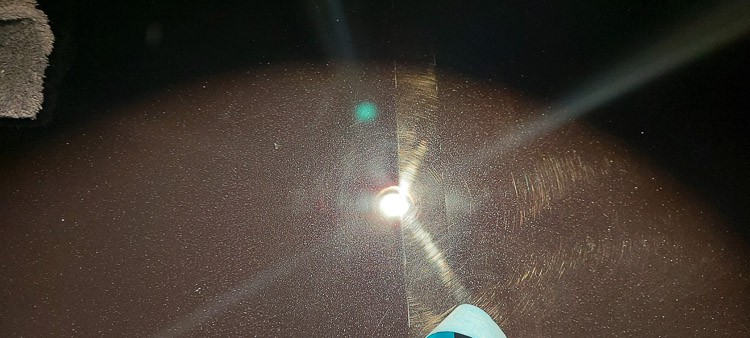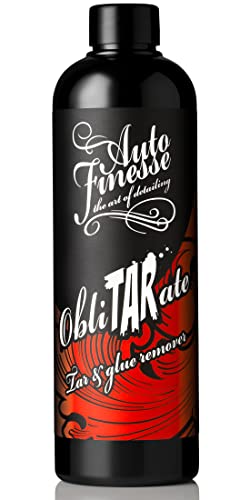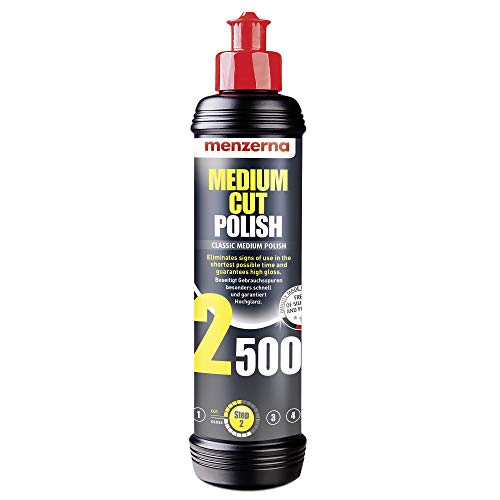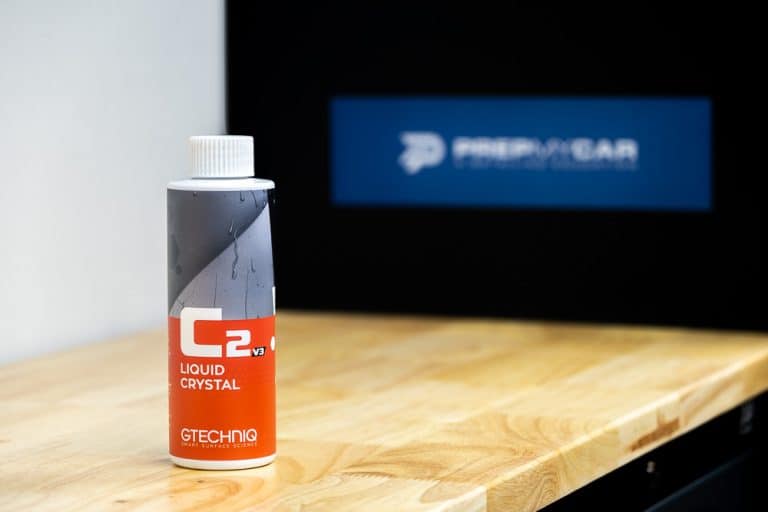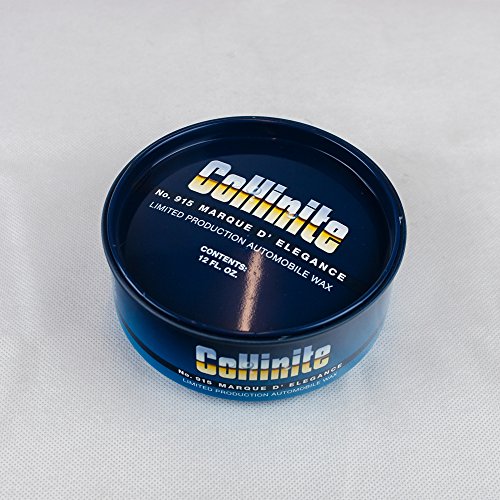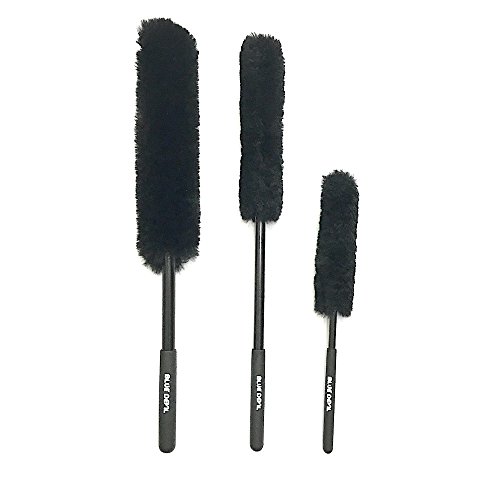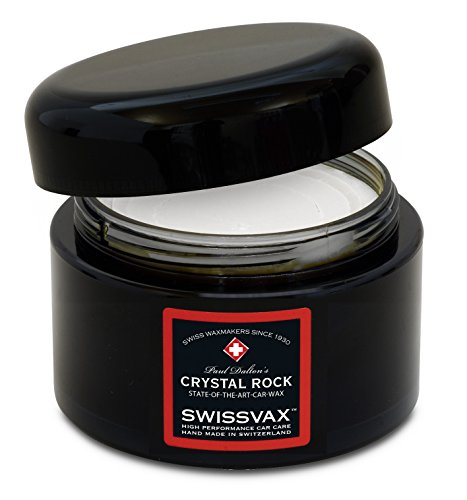Menzerna 400 Heavy Cut Compound Tested & Reviewed
Menzerna 400 is among their most popular automotive compounds and is a product I have been using for several years. It can be used as a one-step compound or as part of a multi-stage correction process, using wool or foam pads, depending on the job.
Menzerna 400 scored 7.8/10 overall in our tests. Read on to find out more.
Prepmycar Rating: 7.8 / 10
Pros
Cons
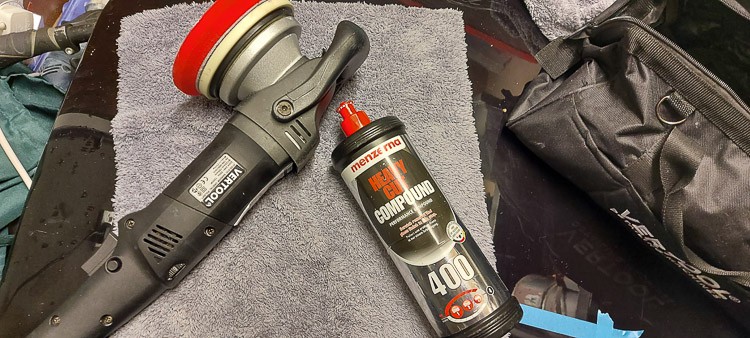
The company uses a simple scale to measure the performance of their products against one another. 400 scores 8/10 for the ability to cut, and an impressive 8/10 for gloss. Using 400 as a single-stage polish should therefore produce very impressive results. Menzerna 400 contains no silicone, which can fill defects and cause a false impression of correction. It is also capable of removing fine sanding marks, giving fast and impressive results, without the mess sometimes associated with cutting compounds.
We will first look at how to apply and use the product, before then looking at the results from some testing, and what steps might be needed after using this product.
Menzerna 400 Heavy Cut Compound Application and Usage
For consistency during testing, I will be using a 150mm Menzerna Heavy Cut foam pad, in combination with my Vertool Forced Drive polishing machine.
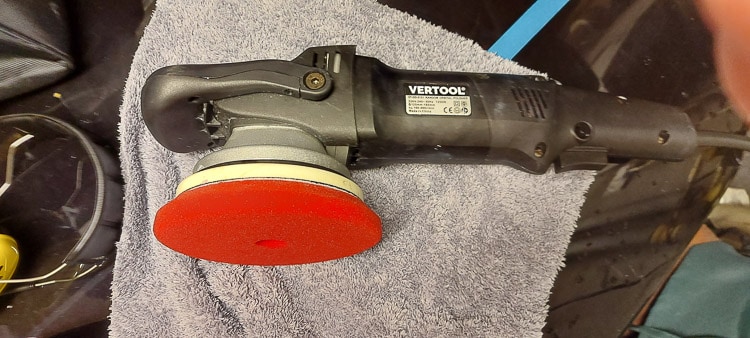
Before any polishing work is undertaken, it is essential to ensure the surface is prepared for polishing. The vehicle should ideally be indoors or undercover, but it can be polished outdoors, providing you work out of direct sunlight and on a dry day.
The car should first be washed, followed by thorough decontamination, which should consist of tar removal, iron removal, and lastly clay bar treatment to remove any embedded contaminants in the paint. This prep work is essential, as machine polishing on a contaminated surface may cause marring to be introduced into the paint.
Check out our article on a full decontamination process here.
With the paint prepped, I tend to give one spritz of water to the surface of the polishing pad. This will aid a reduction in dusting and distribute the polish more evenly. I add five or so drops of product to the pad, roughly the size of a 5 pence coin or a dime.
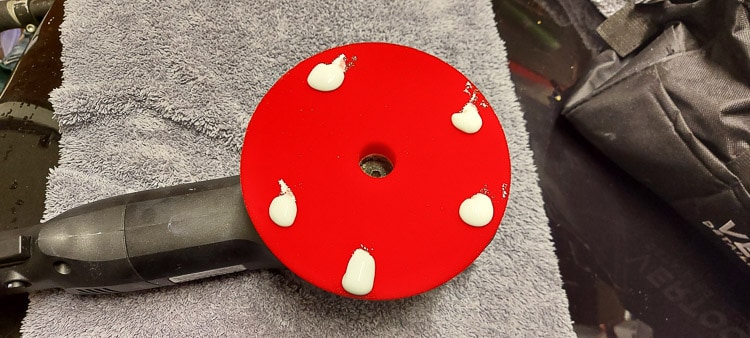
I will be using a scrap bonnet for these tests. I will take paint depth measurements of the paint before and after polishing, so we will be able to see how much clear coat has been removed. I will take these measurements at several locations on the test panel and average them.
Dabbing the product out over an area roughly 40 cm x 40 cm, I usually start the machine on a low speed to spread the product. I then increase the speed on my machine to close to the maximum and make several passes in a crosshatch pattern. Bear in mind I am using an oscillating machine and the polish will perform differently using a rotary polisher.
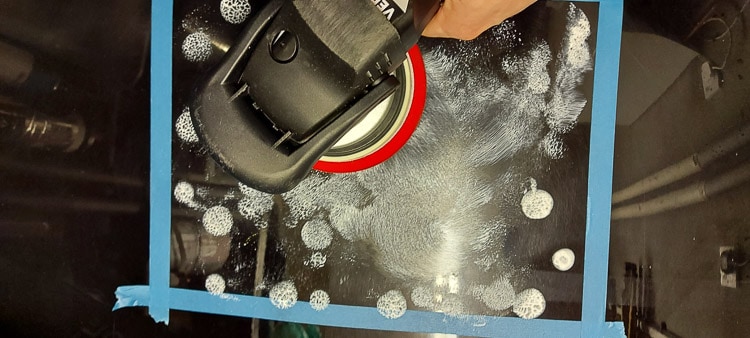
Using Menzerna 400, I watch for the polish to turn clear, indicating the abrasive has been worked down and it is time to inspect my work.
I found that three passes at the highest speed setting were enough to dimmish the abrasive. Using a microfibre towel, remove the polish residue and inspect. For best results, use a panel wipe to dissolve any remaining polishing oils and inspect with a light source to see results more clearly.
Something that is often overlooked when polishing is pad cleaning and maintenance. After polishing a section with Menzerna 400 I will use a microfibre cloth to remove any excess polish from the pad, before reapplying the product and moving on the next section. I have found I can polish an area roughly the size of a bonnet before the pad becomes clogged and needs rinsed out and left to dry, it is important to have a couple of polishing pads on hand for this reason.
Menzerna 400 Finish Achieved
Immediately after wiping a section clear, I notice a drastic improvement to the paintwork. Swirl marks are easily removed from the paintwork, but I noticed some deeper scratches remained. These will eventually be removed by successive polishing sets, or wet sanding could also be used, followed by 400 to remove sanding marks.
Menzerna do claim this polish can be used as a one-step, but I often use a finishing polish afterwards, as light holograms can sometimes appear, especially on darker paint.
How is Menzerna 400 Best Used?
This polish is my go-to for the ‘grunt-work’ of polishing, whether on my own car or customers’. It is the first step in a correction process and can also be used to remove up to 2000 grit sanding marks.
It is suitable to use on all paint types. On harder paint types, such as BMW, I found additional polishing was required to achieve desired results. With softer paints such as many Japanese vehicles, a test spot should be tried using a less abrasive polish first, especially if you do not have access to a paint depth gauge.
Residue
With the appropriate steps to reduce residue, Menzerna 400 makes very little mess in this regard. I find a light spritz of water to the pad if necessary, will help eliminate any residue. If the polish is fully worked until clear, I have found it easy to remove from the surface.
Following Stages
Menzerna 400 can be used as a one-stage polish. If polishing a daily driver to remove heavy defects from, but concourse results are not required, this will be very suitable. For even greater clarity, especially with darker paints, further polishing may be beneficial.
Menzerna 400 on a softer foam pad which will refine the finish, or Menzerna 3800, which is their highest-rated gloss polish, could also be used. This is an equally easy polish to use, which will ensure an even finish with deep gloss from all angles.
As seen in the photo below, a slight haze where the light hits the surface can still be seen after 400 has removed swirl marks. 3800 would easily fix this to leave a uniform shine.
Value for Money
As well as being a good performer, Menzerna 400 is also very economical. A 250g pot will cost around £16, which is reasonable for car compounds, but buying a 1 kg bottle represents much better value, usually costing around £30.
It is hard to predict how much polish will be needed for a whole car, as the condition and the hardness of the paint will all cause variation in this. I weighed how much polish I would normally use to correct an area of approximately 50cm by 50cm. As shown, this ended up being about 8 g.
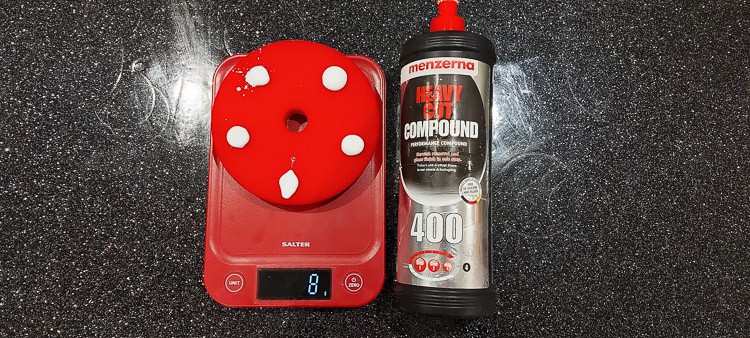
I estimate there are between 20 and 25 sections on a medium-sized car, meaning up to 200g of polish may be needed. Here the benefit of buying the larger bottle can be seen. 200g from a 250g bottle will cost around £12.80. If a 1kg bottle is bought, 200g of polish will only cost £6.00. Not bad for polishing an entire car.
FAQ
How can you reduce dusting when polishing a car?
Dusting is an annoying but common problem when polishing. Things I have found useful in reducing it include spraying a little bit of water on the pad before polishing. This helps to congeal the polish and reducing. Another essential part is changing your polishing pad regularly to ensure it does not get clogged up.
What is a good polish for removing scratches?
Menzerna 400 is a great polish for removing swirl marks as well as light scuff and scratches. Other good polishes include Scholl Concepts S20 and Koch Chemie H9.
Can Menzerna 400 remove sanding marks?
Menzerna 400 us capable of removing 400 grit sanding marks using a foam pad, or up to 1500 grit marks using a wool pad.
Does Menzerna 400 contain fillers?
Menzerna 400 is silicon free and does not contain any fillers.
Menzerna 400 Results
I have always got on well with Menzerna 400, and the cut it produces impresses me, while also giving a great gloss finish. My paint depth gauge measurements indicated a pre-polishing average depth of 127 microns. After a polishing set, I noted that the depth had reduced to 123 microns (1 micron is one-thousandth of a millimetre). Depth of clear coat can vary greatly from car to car, which makes having a paint depth gauge a great help in determining how much polishing can be undertaken.
Final Thoughts – Menzerna 400 Heavy Cut
This is definitely a product to have in any detailing toolkit. While it may not be the most abrasive polish, even within the Menzerna range, it leaves a deep gloss and is a great first step toward paint perfection. This is also a product that could be included in a budget detailing list, as compared to many other compounds on the market it is significantly cheaper.
I did notice that the polish can leave visible holograms on the paint, but this is to be expected with a heavy cut compound, even using a dual-action machine. As mentioned, these can easily be removed with a finishing polish.
Grab It Now
- NO MORE SCRATCHES: This heavy cut polish is the ultimate allrounder polish for your car. It gets the job done without the hassle to switch between…
- POLISH LIKE A PRO: Our Menzerna Heavy Cut Compound 400 is compatible with our red Heavy Cut Foam Pad. By using an Orbital or Rotary polishing machine,…
- BUFFING AND POLISHING are THE key steps to making your vehicle look brand new again. Unwanted Hologram effects, uneven matting and light to medium…



